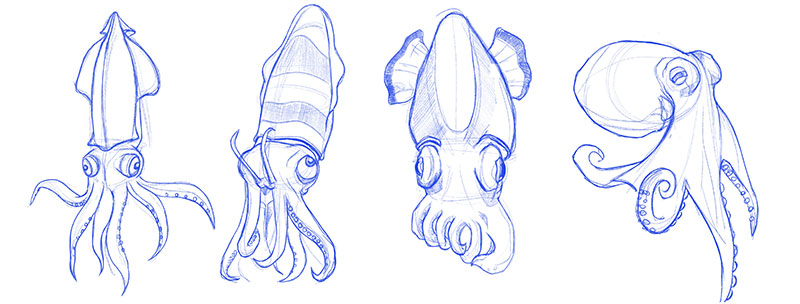What does it take to become an animator in the animation industry?
- 1 min. short (applying for jobs)
- 1 min. short (storyboards & revisionists)
- 57 min. video(discussion)
This video explains all the skills that are necessary to work as an animator, as well as tips for how to connect with other professionals working in the field.
Discussion led by Art Prof Clara Lieu, who interviews animator & storyboard artist Janice Chun.

Guest Artist
Janice Chun
Janice is a big fan of animation and sometimes works in it! When she’s not writing or drawing over a hunched tablet, she enjoys hiking, playing guitar and skateboarding around her local neighborhood.

She’s had a host of professional experiences from VFX, commercial, to TV animation. She enjoys creating independent films, music videos and small linoleum prints.
Currently she’s a storyboard artist at Cartoon Network and is trying to master a dope kick flip. On Fridays, she likes to cook at her local soup kitchen.
Video Walkthrough
- Janice’s high school art experience.
- Janice’s art school portfolio.
- The animation program at RISD was not super focused on learning specifics of software.
- Describing animation prompts for art school animation classes.
- Internships were really helpful to understanding what being in a professional industry was like.
- Janice’s experience with internships allowed her to see how animation projects were structured.
- Janice taking a gap year during art school.
- Working on animated music videos and commercials.
- Simplicity of animated Gifs.
- Opinions on software including Blender, Maya, Corel, Flash
- Personal connections were very important in terms of getting gigs and professional contacts.
- Book recommendations for self-taught animators.
- Working on a collaborative team is a very different experience.
- Janice worked in a broad range
- Developing how to write a professional email.
- Janice’s experience working as a freelance animator.
- Storyboarding for South Park.

Jordan’s Tips

2D and 3D animation are completely different fields of study. Yes, they both are animation, and many of the same principles still apply but it’s like comparing apples and oranges in a lot of ways.

If you’re looking for job security, 3D is probably what I’d recommend since most 2d animation is outsourced outside of America anyway.


